Tihany is a holiday resort in Hungary, located on the peninsula of the same name on the northern shore of Lake Balaton. The Balaton Limnological Institute of the Hungarian Academy of Sciences is located in the town.
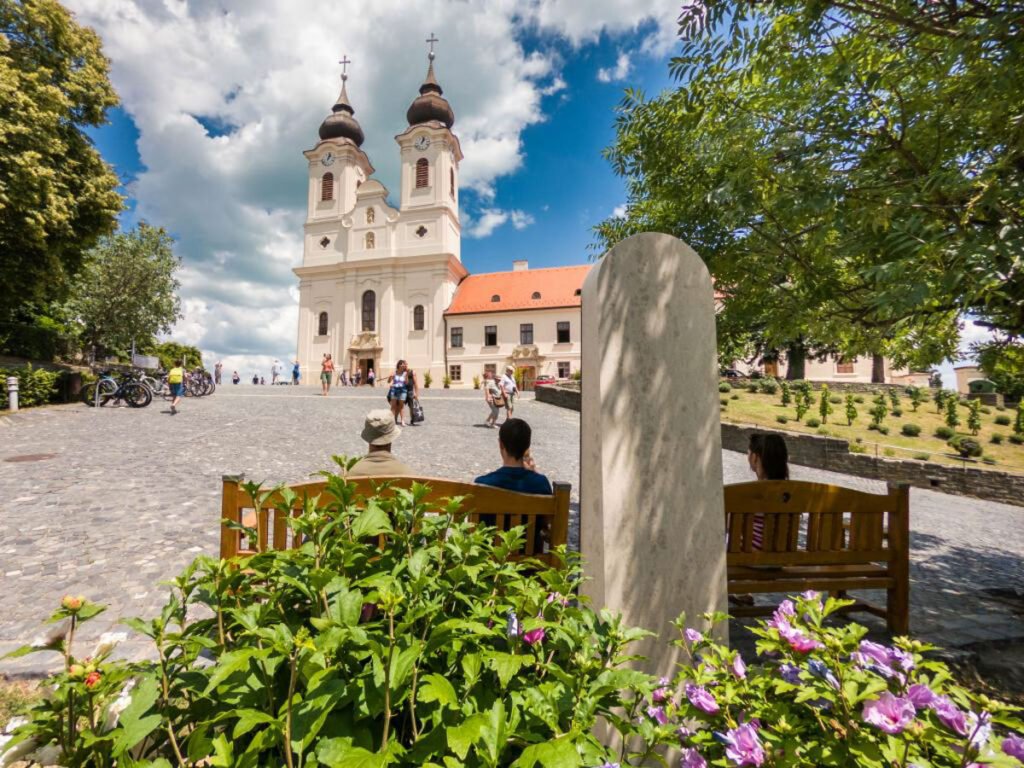
- As he pointed out, lavender blooms from about June 15 to 30, for a week to 10 days. Sometimes the winter is so mild that the flowers develop faster. Lavender harvested in Tihany has a higher essential oil content than that from France, thanks to the unique conditions of the peninsula, which is one of the sunniest places in Hungary.
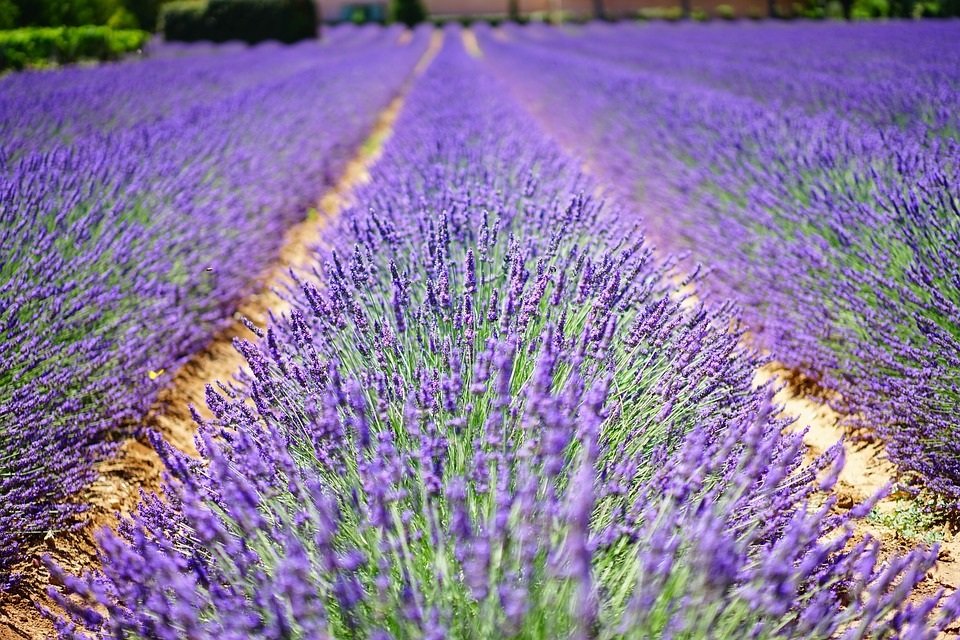
- Paprika is a delicacy of every Hungarian. Their national vegetable. Almost every dish is prepared with paprika. It is an essential element of Hungarian cuisine. In Tihany, you can find it at every step. Paprika bushes are an element of decoration. When on the peninsula, you will definitely spot the Paprika House – Paprika Ház. This building is hung with paprika. You can buy paprika in almost any form: spices, pastes, pickled and many others. You are probably wondering how to distinguish sweet from hot paprika. Sweet paprika hangs down, and hot paprika up.
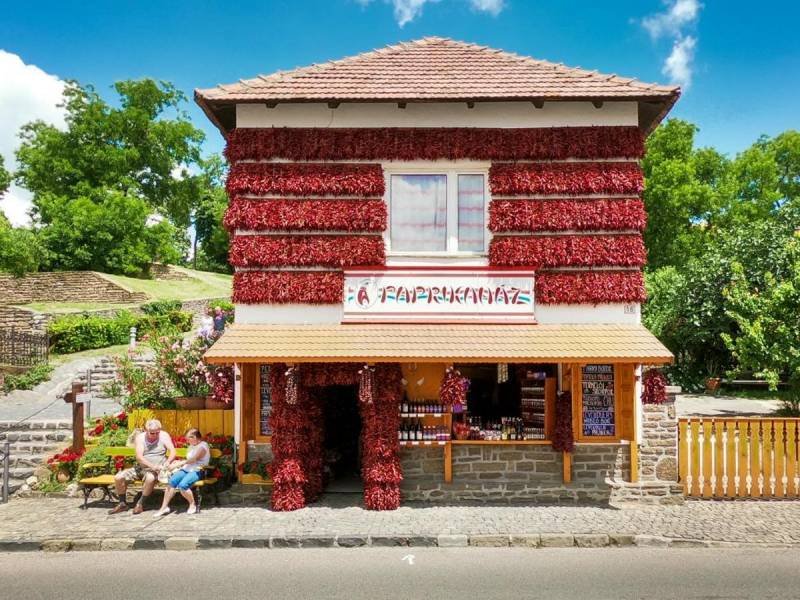
- Balaton Hills National Park. In 1952, the Tihany Peninsula was declared the first Hungarian protected area. Today, the entire peninsula lies within the borders of the Balaton Hills National Park. Its dimensions are small, 5 kilometers long and 3 kilometers wide. Various sources indicate that the number of permanent residents is 1,300 or 1,500. The peninsula extends into the lake, creating the largest narrowing above Balaton. It has a varied coastline caused by volcanic activity. Tihany’s charm is enhanced by two lakes with no outlet, which were formed in volcanic craters. The first is Belső-tό – the Inner Lake, and the second is Kűlső-tό – the Outer Lake. Belső-tό is a paradise for tourists and anglers, while Kűlső-tό is a paradise for birds and is strictly protected.
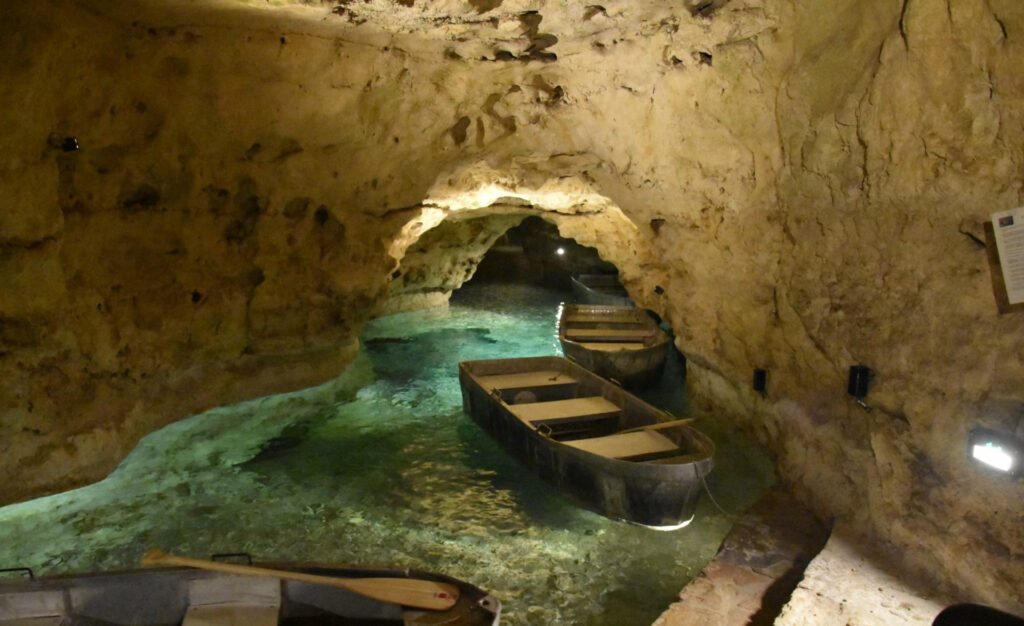
- Benedictine Abbey. The abbey was founded by King Andrew I of the Árpád dynasty. Orthodox monks also came to the peninsula, brought by his wife Anastasia, who was a Ukrainian princess. In the 13th century, a mighty castle was built next to the abbey, which was never conquered by the Turks. It was only destroyed by the Habsburgs. In the 17th century, the Benedictines re-inhabited the peninsula and rebuilt the ruined monastery. The current monastery buildings date back to the 18th century, but under the floor there is a stone room with columns, which was part of the first temple. In the crypt there is a sarcophagus of the founder Andrew I. All the guidebooks we have read say that this is the only burial place of the Hungarian king that has not been changed since the day of his burial. Remember, we are writing about the 11th century. Meanwhile, Wikipedia states that the tomb is empty. The entire church is Baroque.

- Balaton Viewpoint. Right next to the abbey is an excellent viewpoint of Lake Balaton. From here you can see how huge Balaton is. Do you need to zoom in to see a detail? No problem. There are several binoculars prepared especially for tourists. However, the most impressive thing is the unique turquoise color of the water.
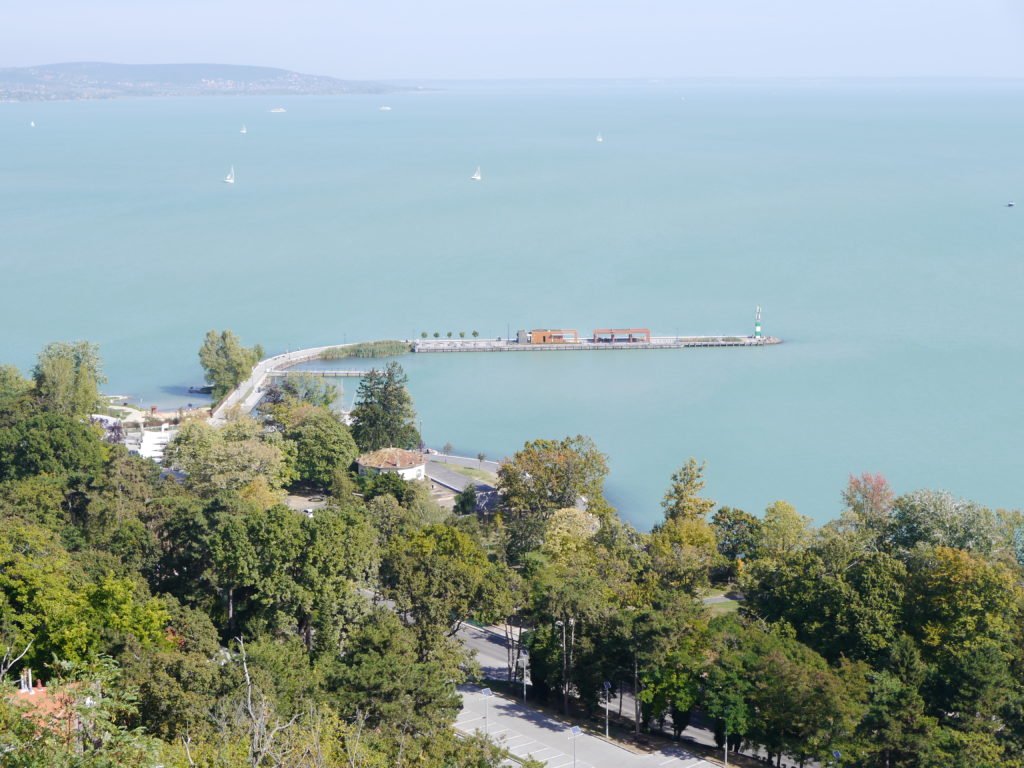
Hungary is one of the favorite destinations among Polish tourists, both for longer vacations and quick weekend trips. No wonder, Hungary has a lot to offer and nice weather.
